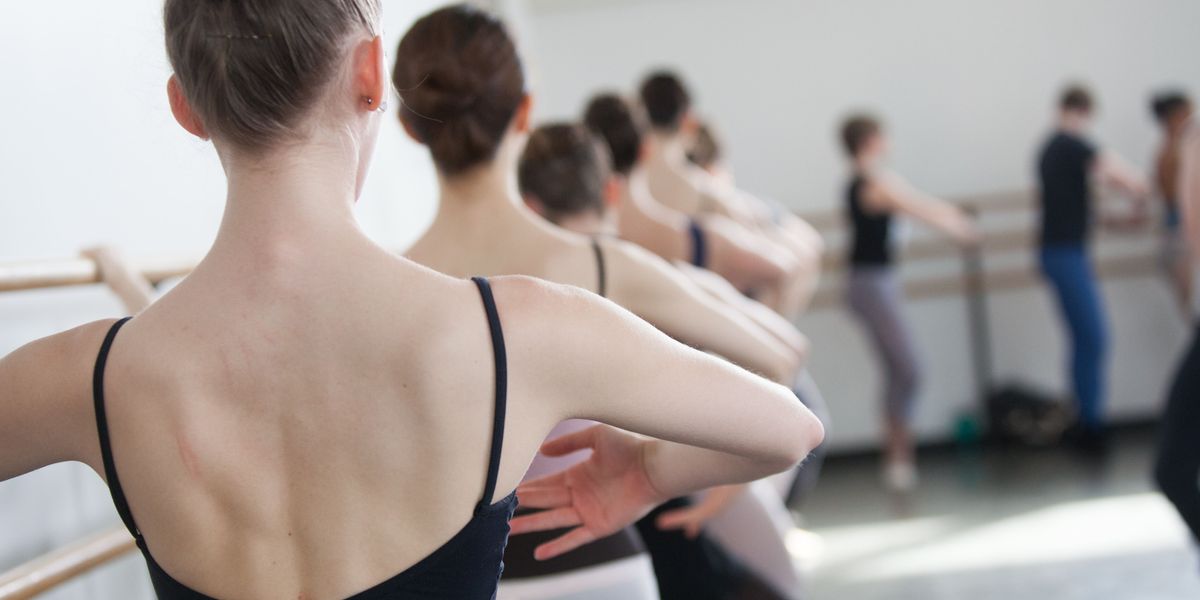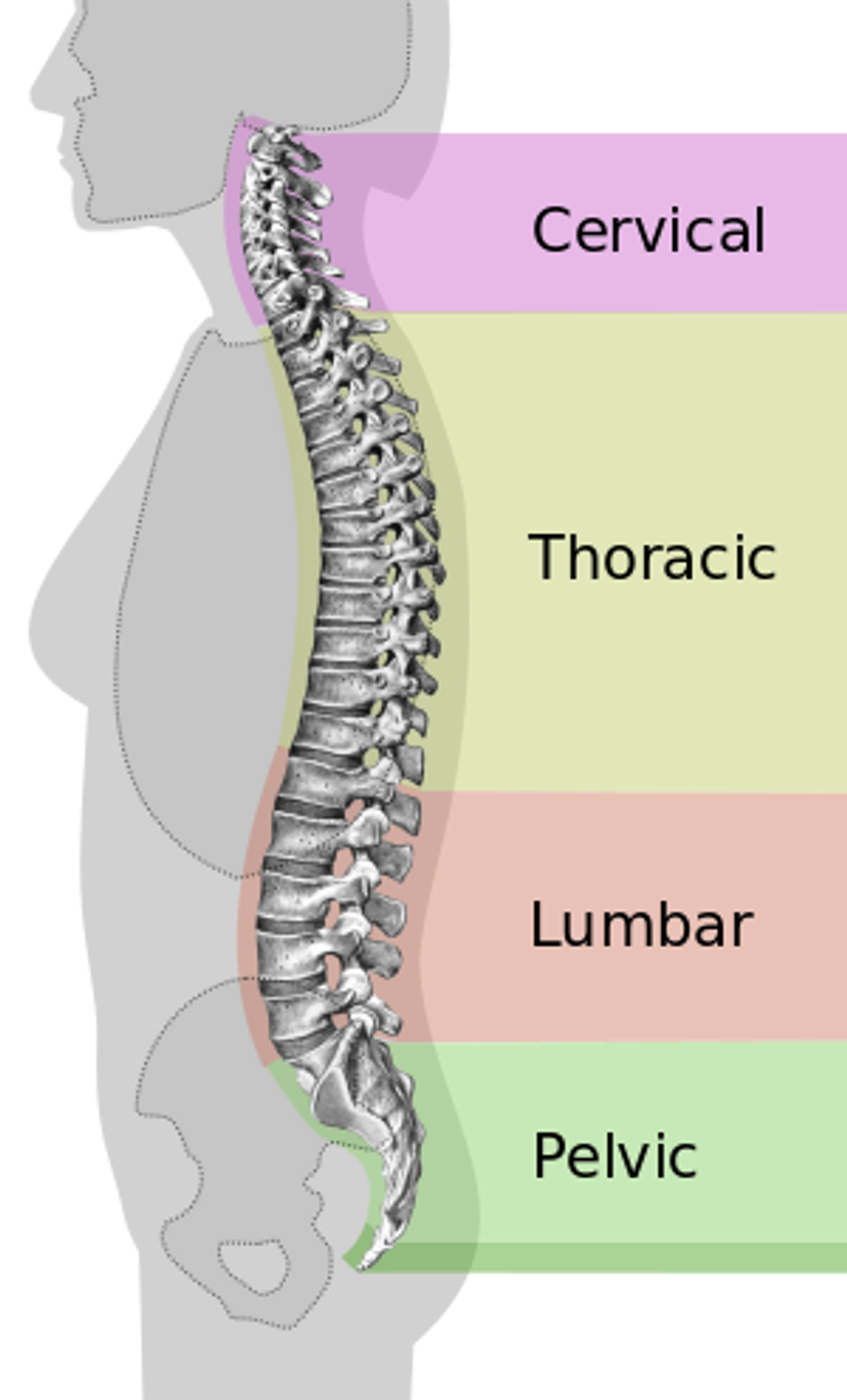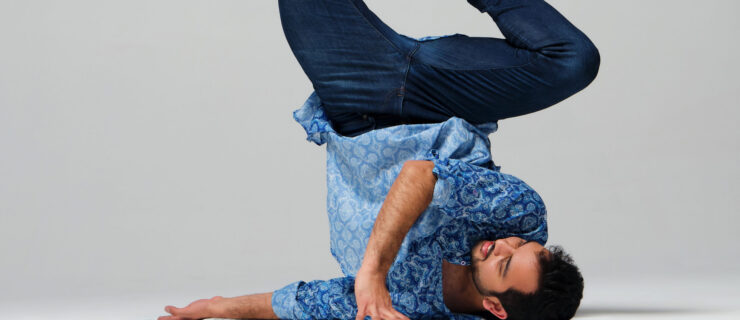How To Actually Find "Neutral"
In technique classes, dancers are often told to work from a neutral spine and pelvis. The concept should be simple enough for a somatically-conscious person like a dancer, but it can end up being a confusing challenge.
Because, really, what is neutral?
A neutral spine, in the standing position, is the alignment of the hip points (anterior superior iliac spine) and the pubis in the same vertical plane with the head stacked on the spine.
This will look different on everyone, because your spine is shaped like an S, and the degrees of curvature vary on every body. The goal is not to change your skeleton, but to manage the surrounding musculature to stabilize whatever shape yours takes.
Working from neutral spine is crucial in dance because it allows the muscles to lengthen and therefore perform to their full potential. The spine is designed like a spring: It needs the curves to the absorb shock safely. Without the buoyancy the curves allow, impact would feel like landing a jump without enough plié.
Choreography will obviously take you in and out of a neutral position, but it is an excellent place to think of as “home,” especially when working at the barre.
Try these exercises to find your neutral.
On the floor:
Lay on your back with your knees bent. Let your back ribs and sacrum melt into the floor. Then, make a triangle with your thumbs and pointer fingers, and place the heels of your hands on your anterior hip bones, and your pointer fingers on your pubic bone. When the triangle is aligned in a horizontal, level plane, you have achieved neutral.
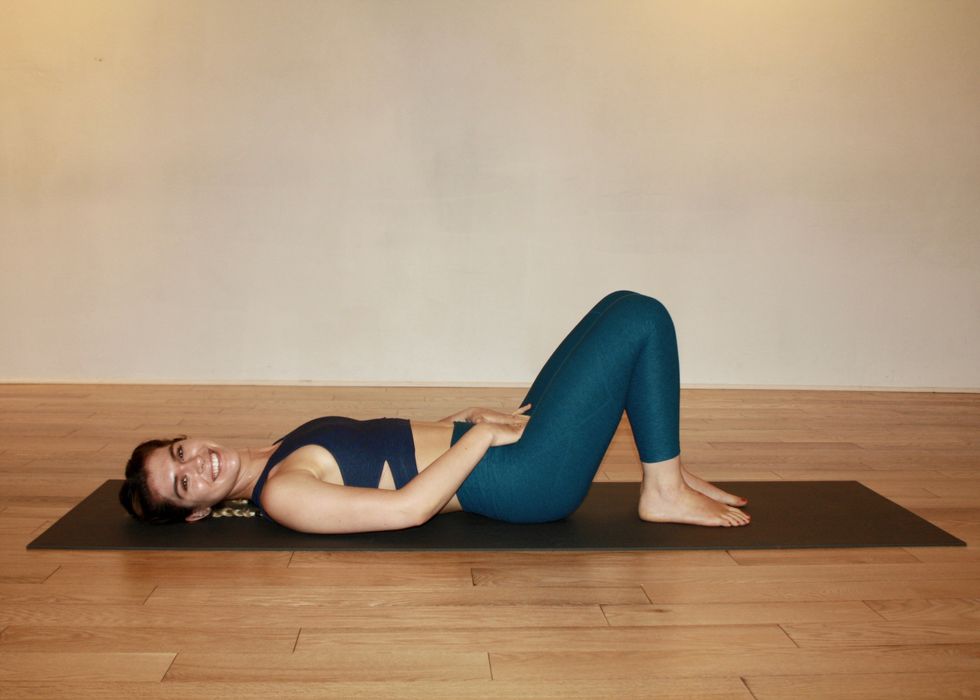
Photo by Hayley Hill, courtesy Phelan
Visualizing the pelvis for the bowl shape that it is, your goal is to bring it to a level plane. As a Pilates teacher, I cue my clients to fill the imaginary bowl with water—when they are neutral, it will balance; in a tuck or an overarch, it will spill over.
From here, close your ribs and imagine wearing super high-rise “mom jeans.” Zip them up to your sternum, pulling in the circumference of your waist to engage your transversus abdominus. Magnetize your navel to your spine without changing the shape of your spine—your lower back should not be imprinted into the ground. Because of everyone’s varying degree of lumbar curve, do not obsess with how close your lower back is to the floor. Instead, focus on the straight line at your hips, and the thoracic spine connection to the floor.
Standing Against The Wall:
Once you stand up, your proprioceptors are more challenged without the sensory cue of the floor beneath you to show you where the curves of your spine should be. Use a wall to do the same drill as before by standing with your back to wall, and your feet directly under your hips in parallel with soft knees. As if someone were pressing a hand down onto the crown of your head, push into the imaginary hand and try to grow another inch. That decompression of your spine will lace up the multifidi muscles around the spine, another of your deep core muscles responsible for supporting neutral.
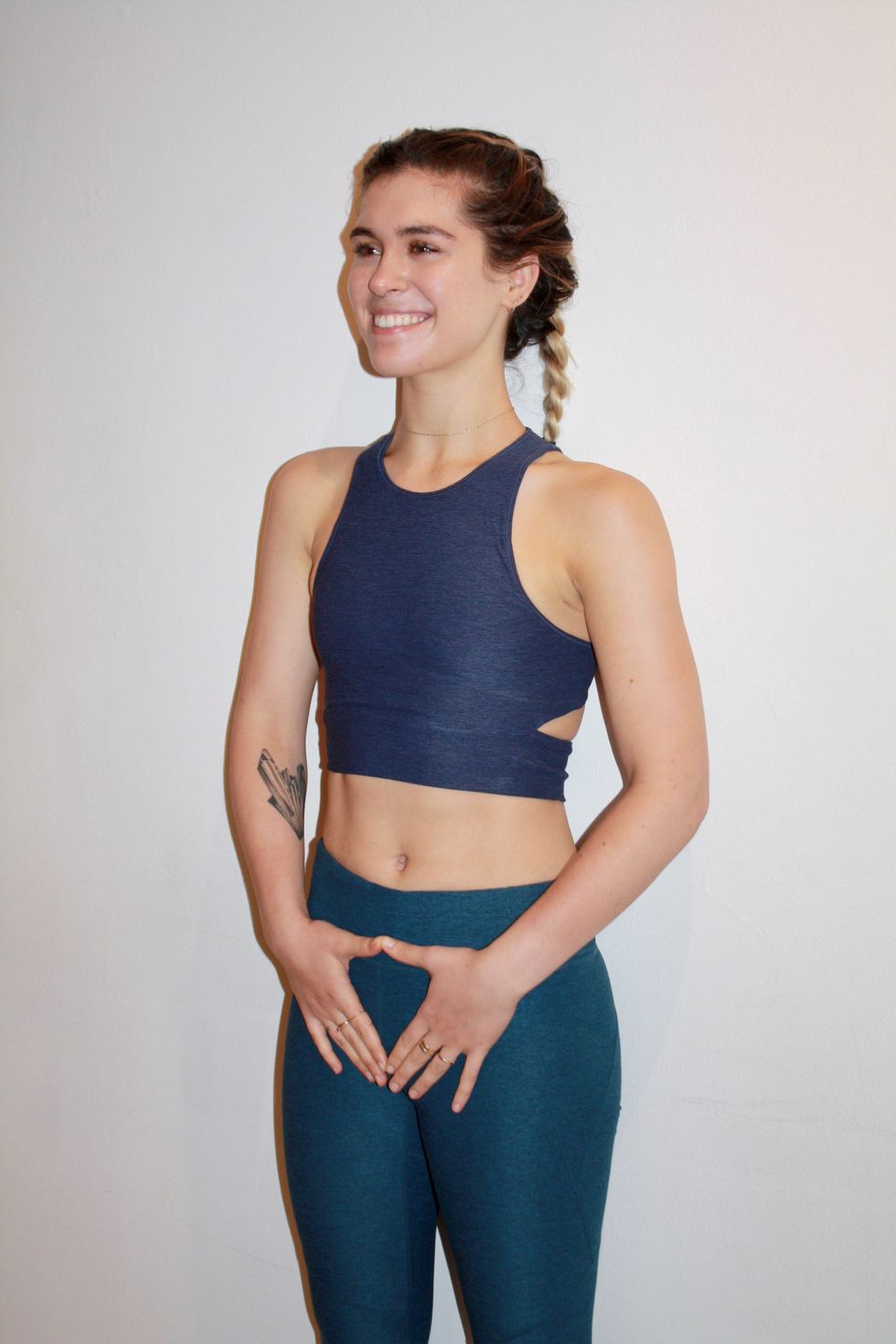
At the Barre:
Once you have practiced on the floor and up against the wall, approach the barre and place both hands on it lightly for support. In first position, avoiding hyperextension in the knees, press your feet through the floor, repeat all of the above and visualize an imaginary wall/mat behind you. Press your back ribs into this imaginary wall to trick your brain into finding your natural S curve.
